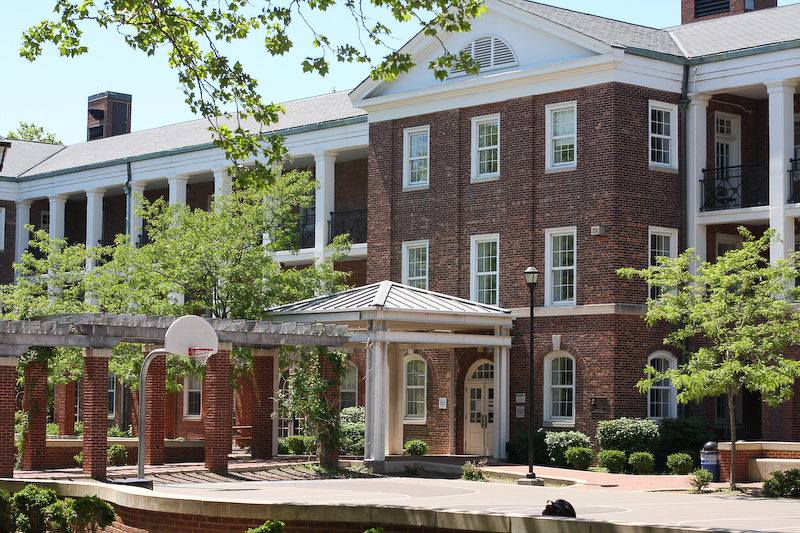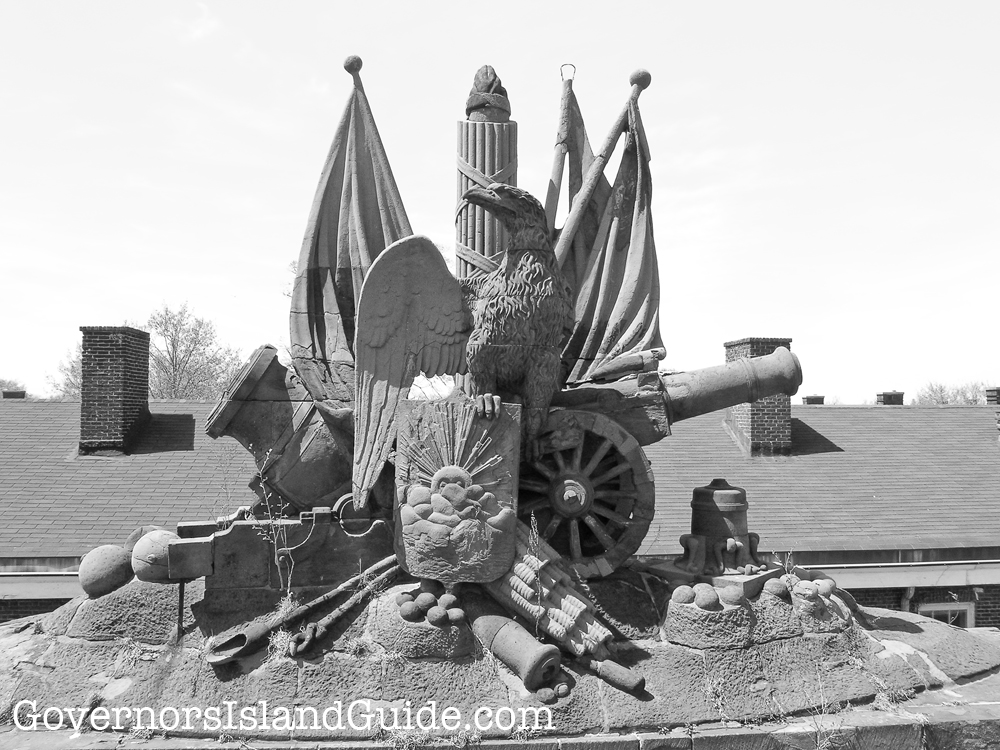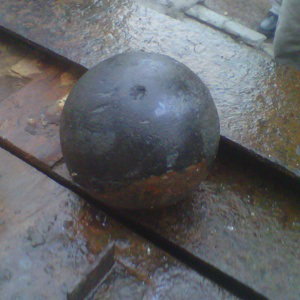
Vintage Cannonball Found by Ferry Dock
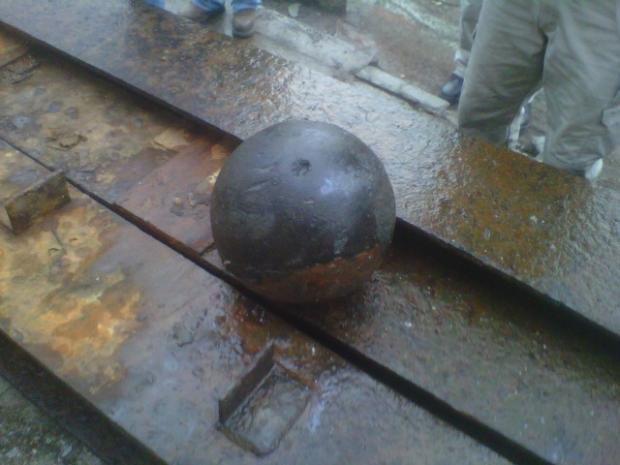
A bit of the island’s past came to life and brought scores of emergency responders to investigate a 14-inch, 350-pound cannonball found this week. It was discovered by workers underwater outside the seawall at the ferry dock, as construction continues to rebuild the access point for the 2012 season.
According to The Post, the 19th Century projectile was found February 2 by workers doing construction near Soissons Dock, where the ferries from Manhattan access the island, said Elizabeth Rapuano, chief of staff for the city-run Trust for Governors Island. A member of the New York Police Department said, “They were digging in the water with a backhoe, removing muck and mud, when this thing dropped out of the bucket.” Students from the New York Harbor School were directed away from the area as police investigated. Later, the FDNY Ladder 15, the NYPD Bomb Squad, and Emergency Service Unit arrived on the island to see if the old ordnance was still active. When it was deemed to be safe, it was given to the island to be another souvenir of it’s army past.
Ranger Michael Shaver, the Chief of Interpretation with the National Park Service at the Governors Island National Monument, provided critical historical information to the cops and firefighters who arrived via ferry to the island. Shaver is an expert in the island’s past occupants. According to DNAinfo, Shaver told the bomb squad and 1st Precinct officers to take a close look at the 14-inch cannonball and see how many holes it had. Two small holes mean that the cannonball is solid iron (the holes were used to help soldiers lift it), while a third hole means that the cannonball is hollow and could hold gunpowder. This cannonball had just two holes. “We all got a really cool education about Civil War-era cannonballs,” Shaver said.
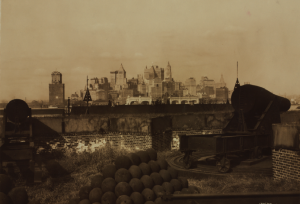
When the New York Arsenal was on the island, it had thousands of such cannonballs and other explosives. After they became obsolete they were used to decorate the pathways and roads around the island. The old ordinance and cannons were used as decorative art. During World War II scrap metal drives, many were removed from the island. The Arsenal closed in 1920. Today one of its main buildings is now used as working studios for artists.
Cannonballs from the era are stacked outside Fort Jay, and there are other cannonballs on Governors Island, but this was a unique one to locate. Shaver told DNAinfo, “It was so clean,” Shaver said, likely because it had been in the water for decades. “It didn’t have a lot of rust on it, and it didn’t have a lot of dents in it.”
